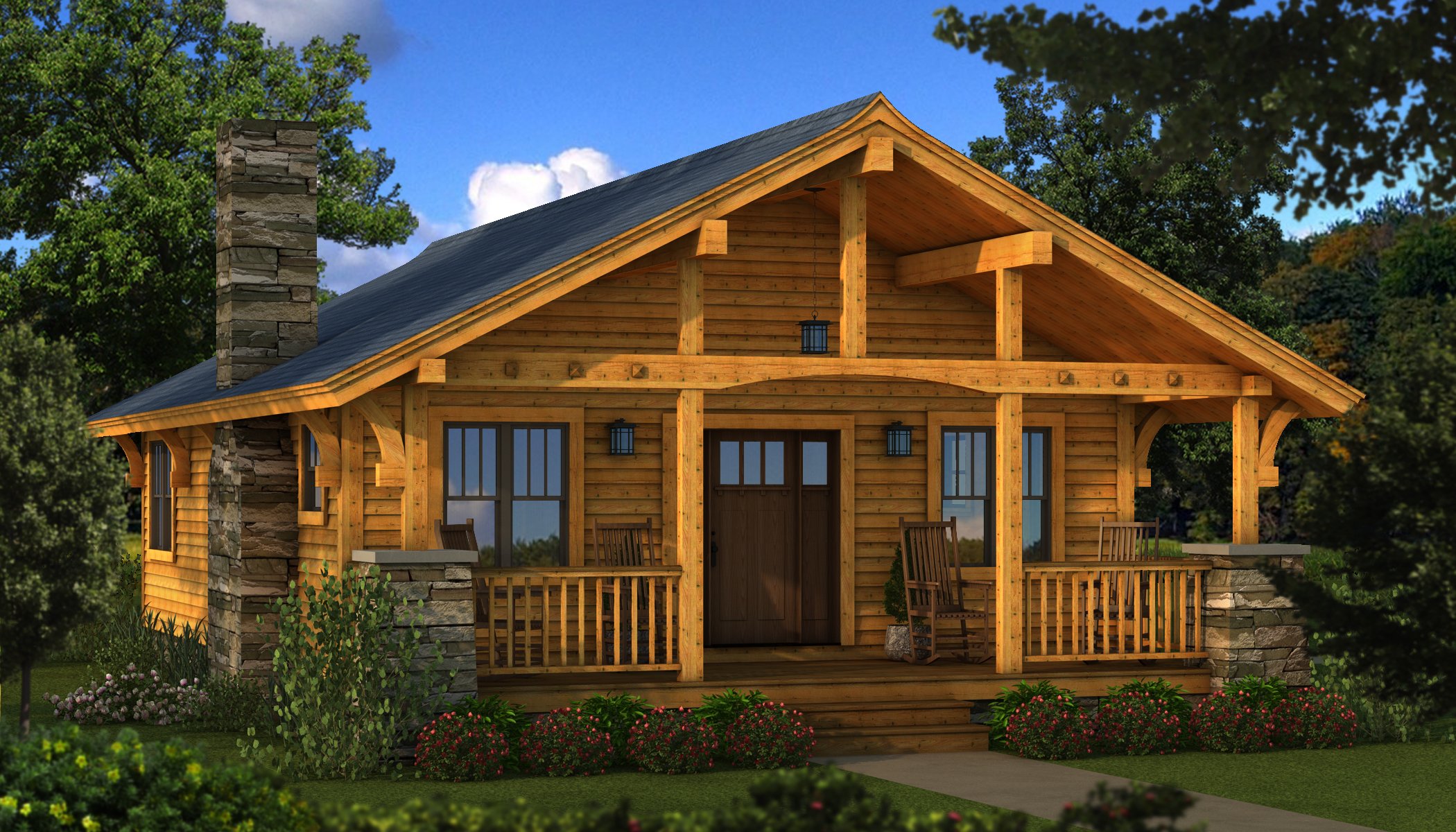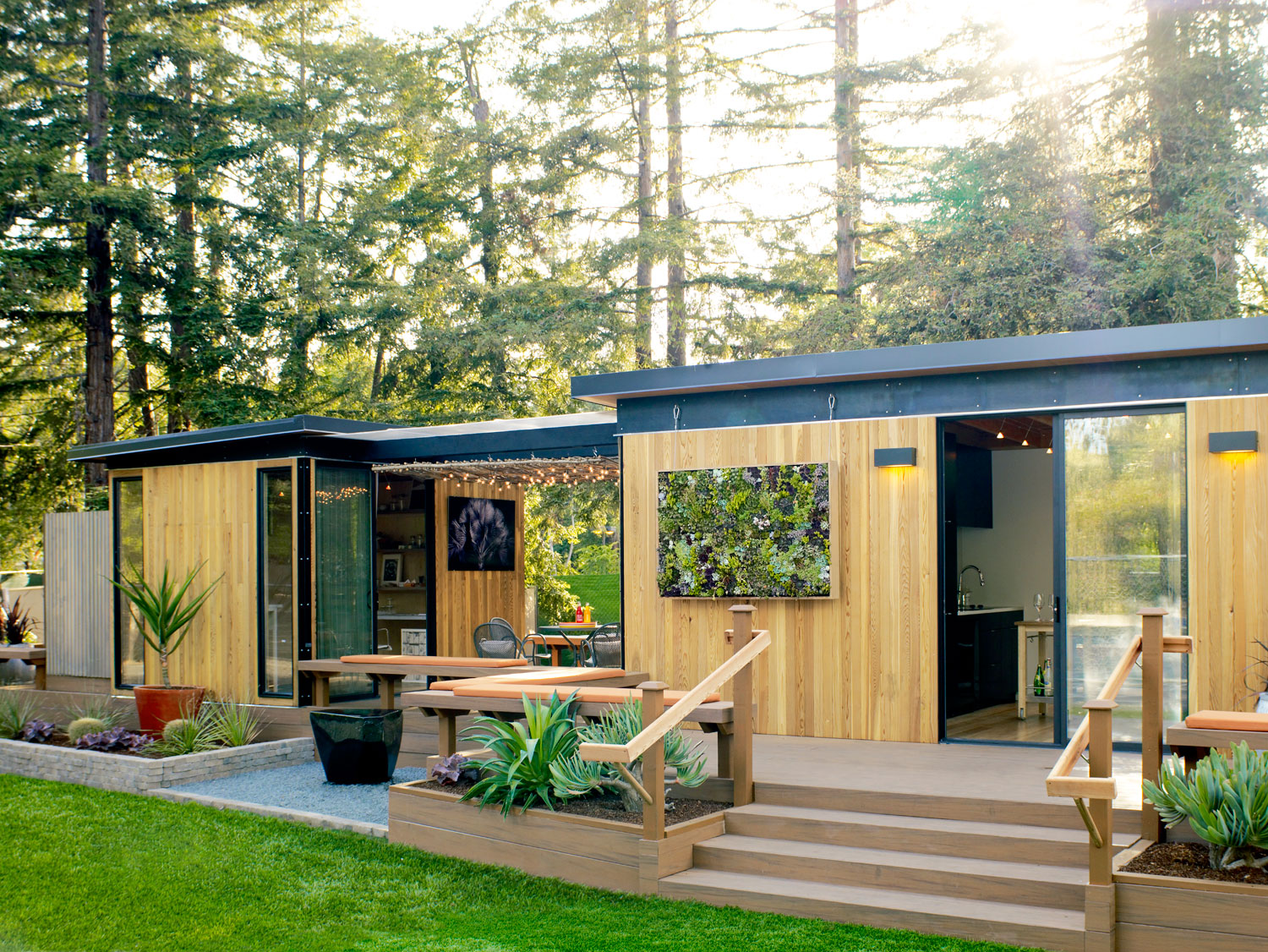Understanding 3 Bedroom 2 Bath House Kits

Building your dream home can be a daunting task, but house kits offer a simplified and cost-effective solution. House kits, also known as prefabricated homes, are pre-designed and pre-engineered structures that come with all the necessary components, including framing, walls, roof, and windows. They offer a range of benefits, including affordability, faster construction times, and greater control over the design and materials.
House kits come in various styles and sizes, catering to different needs and preferences. A 3 bedroom 2 bath house kit is a popular choice for families and individuals seeking ample living space. These kits are available in different types, each offering unique advantages and disadvantages.
Types of 3 Bedroom 2 Bath House Kits
House kits are broadly categorized into three main types: pre-cut, modular, and prefab. Each type involves different construction methods and levels of prefabrication, resulting in distinct pros and cons.
- Pre-cut Kits: These kits consist of pre-cut lumber and other building materials delivered to the building site. The homeowner or a contractor assembles the structure according to the provided plans.
- Modular Kits: Modular kits are pre-built sections or modules constructed in a factory and transported to the building site. These modules are then assembled on a prepared foundation.
- Prefabricated Kits: Prefabricated kits are complete, pre-built structures that are delivered to the site and placed on a foundation. They are essentially ready-to-live-in homes with minimal assembly required.
Comparison of House Kit Types
Understanding the pros and cons of each type of house kit is crucial for making an informed decision.
| Type | Pros | Cons |
|---|---|---|
| Pre-cut |
|
|
| Modular |
|
|
| Prefabricated |
|
|
Target Audience for 3 Bedroom 2 Bath House Kits
3 bedroom 2 bath house kits cater to a diverse audience, including:
- First-time homebuyers: House kits provide a more affordable and accessible option for first-time homebuyers, allowing them to build their dream home within their budget.
- DIY enthusiasts: Pre-cut kits are ideal for DIY enthusiasts who enjoy the challenge of building their own homes. They offer a sense of accomplishment and allow for greater control over the construction process.
- Families: 3 bedroom 2 bath house kits provide ample living space for growing families, offering a comfortable and functional home environment.
Factors to Consider When Choosing a 3 Bedroom 2 Bath House Kit

Choosing a 3 bedroom 2 bath house kit is a significant decision, requiring careful consideration of various factors to ensure a successful and fulfilling project. From your budget and building site to local regulations and desired features, a well-informed approach will guide you towards a home that meets your needs and aspirations.
Budget and Financing
Determining your budget is crucial for selecting a suitable kit. Consider the cost of the kit itself, including materials and components, as well as the expenses associated with site preparation, foundation, labor, permits, utilities, and appliances. Explore financing options like mortgages, construction loans, or personal loans to understand your affordability and potential loan terms.
Building Site and Location
The location and characteristics of your building site will influence the choice of a house kit. Assess factors such as:
- Terrain: Flat, sloped, or hilly terrain will affect foundation costs and design.
- Access: Ensure adequate access for construction equipment and materials delivery.
- Utilities: Proximity to water, sewer, electricity, and gas lines will impact installation costs.
- Zoning: Check local zoning regulations for building restrictions and setbacks.
- Climate: Consider the climate and its impact on heating, cooling, and insulation requirements.
Local Building Codes and Regulations
Before purchasing a kit, familiarize yourself with local building codes and regulations. These requirements can vary widely by region and impact design, materials, and construction practices. Consult with your local building department to obtain specific codes and ensure the kit you choose complies with them.
Desired Features and Customization Options, 3 bedroom 2 bath house kits
Consider the features you desire in your home, such as:
- Number of bedrooms and bathrooms: Ensure the kit meets your family’s needs.
- Floor plan: Select a layout that optimizes space and functionality.
- Exterior finishes: Choose materials like siding, roofing, and windows that suit your style and budget.
- Interior finishes: Decide on flooring, cabinetry, countertops, and paint colors that reflect your taste.
- Energy efficiency: Explore options like insulation, windows, and appliances that reduce energy consumption.
- Customization: Evaluate the level of customization offered by different kit manufacturers. Some kits allow for greater flexibility in design and features.
Site Preparation and Foundation Considerations
Site preparation is a critical step in building a house from a kit. This involves clearing the land, grading the site, and preparing the foundation. The type of foundation required will depend on the soil conditions, climate, and building codes.
Foundation Types: Common foundation types include slab, crawl space, and basement. Consult with a structural engineer to determine the most suitable option for your site and building plan.
Proper foundation design and construction are crucial for a stable and durable structure.
Kit Manufacturer Comparison
| Manufacturer | Price Range | Materials | Customization Options | Warranty |
|---|---|---|---|---|
| Manufacturer A | $XX,XXX – $XX,XXX | [List materials] | [Describe customization options] | [Warranty details] |
| Manufacturer B | $XX,XXX – $XX,XXX | [List materials] | [Describe customization options] | [Warranty details] |
| Manufacturer C | $XX,XXX – $XX,XXX | [List materials] | [Describe customization options] | [Warranty details] |
Challenges and Risks
While building from a kit offers advantages, potential challenges and risks should be acknowledged:
- Construction Expertise: Building a house requires a significant level of construction knowledge and skills. If you lack experience, consider hiring a contractor or seeking guidance from experienced builders.
- Time Commitment: Building a house from a kit is a time-consuming project, requiring planning, coordination, and hands-on work. Allocate sufficient time to complete the construction process.
- Unexpected Costs: Unforeseen challenges during construction can lead to unexpected costs. Establish a contingency fund to cover potential expenses.
- Material Availability: Supply chain issues and material shortages can impact project timelines and costs. Plan ahead and consider sourcing materials early.
- Weather Delays: Construction progress can be affected by weather conditions. Factor in potential delays and adjust your schedule accordingly.
The Building Process with a 3 Bedroom 2 Bath House Kit: 3 Bedroom 2 Bath House Kits

Building a house from a kit can be a rewarding experience, offering the opportunity to personalize your home and potentially save on construction costs. The process involves a series of well-defined steps, each requiring careful planning and execution. This section will Artikel the key stages involved in constructing a 3 bedroom 2 bath house kit, providing a comprehensive guide to help you navigate the journey from foundation to finished home.
Site Preparation
Before starting construction, it’s crucial to prepare the site adequately. This includes clearing the land, grading the site, and ensuring proper drainage.
The following checklist Artikels the essential steps involved in site preparation:
- Clear the Land: Remove any trees, bushes, rocks, or debris that might interfere with construction.
- Grade the Site: Level the ground to ensure a stable foundation and proper drainage.
- Establish Drainage: Ensure proper drainage to prevent water accumulation around the house. This might involve installing gutters, downspouts, or a drainage system.
- Install Utilities: Connect water, sewer, gas, and electricity to the building site.
- Obtain Necessary Permits: Secure all required building permits from your local municipality.
Foundation Construction
The foundation is the base of your home, supporting the entire structure. It’s essential to choose the right type of foundation for your location and soil conditions.
- Foundation Type: Select the appropriate foundation type based on soil conditions and local building codes. Common options include concrete slab, crawl space, and basement foundations.
- Excavation: Dig the foundation trenches or pour the concrete slab according to the foundation plan.
- Formwork: Construct forms for the foundation walls, if applicable, using plywood or other suitable materials.
- Reinforcement: Install steel reinforcement bars (rebar) within the concrete to enhance its strength.
- Concrete Pour: Pour the concrete for the foundation, ensuring proper compaction and curing.
Framing
Framing is the process of constructing the skeleton of your house, providing support for the walls, roof, and floors.
- Framing Materials: Use pre-cut lumber or dimensional lumber to construct the walls, floors, and roof.
- Wall Framing: Assemble the wall panels according to the construction plans, using studs, plates, and bracing.
- Floor Framing: Build the floor joists and subfloor, ensuring proper support and load distribution.
- Roof Framing: Construct the roof trusses or rafters, providing support for the roof sheathing and shingles.
- Sheathing: Install plywood or OSB sheathing over the walls and roof to provide a solid surface for the exterior and interior finishes.
Roofing
The roof protects your home from the elements, providing weather resistance and insulation.
- Roofing Materials: Choose the roofing material based on your budget, aesthetic preferences, and local climate. Common options include asphalt shingles, metal roofing, and tile roofing.
- Underlayment: Install a layer of felt paper or synthetic underlayment beneath the shingles to provide an extra layer of protection against moisture.
- Shingle Installation: Apply the roofing shingles according to the manufacturer’s instructions, ensuring proper overlap and sealing.
- Flashing: Install flashing around chimneys, vents, and other roof penetrations to prevent water leakage.
- Gutters and Downspouts: Install gutters and downspouts to direct rainwater away from the foundation.
Siding
Siding is the exterior covering of your house, providing weather protection and aesthetic appeal.
- Siding Materials: Choose the siding material based on your budget, style, and maintenance requirements. Common options include vinyl siding, fiber cement siding, wood siding, and brick.
- Siding Installation: Install the siding according to the manufacturer’s instructions, ensuring proper alignment and fastening.
- Trim and Molding: Install trim and molding around windows, doors, and corners to enhance the aesthetic appeal and protect the siding.
Finishing
The finishing stage involves adding the final touches to your house, making it livable and comfortable.
- Interior Walls: Install drywall, plaster, or other wall coverings, and apply paint or wallpaper to achieve your desired finish.
- Flooring: Install flooring in all rooms, choosing from various options like hardwood, tile, laminate, or carpet.
- Cabinets and Countertops: Install kitchen cabinets, bathroom vanities, and countertops, selecting materials and finishes that suit your style and budget.
- Plumbing and Electrical: Install plumbing fixtures, electrical wiring, and lighting fixtures, ensuring compliance with local codes.
- HVAC System: Install the heating, ventilation, and air conditioning (HVAC) system, choosing the appropriate size and type for your home.
3 bedroom 2 bath house kits – Building your dream home with a 3 bedroom 2 bath house kit? It’s a great way to customize your space and create a haven for your family. If you’re thinking about student housing, you might want to check out student housing 3 bedroom options.
But for those looking for a permanent, personalized home, those 3 bedroom 2 bath house kits are definitely worth exploring!
Dreaming of a 3 bedroom, 2 bath home? House kits offer a fantastic way to build your dream space! But with so many possibilities, it’s helpful to consider the best home design for 3 bedrooms, like those maximizing space and style.
Once you have a clear vision, you can choose a house kit that perfectly matches your needs, allowing you to create a home that’s both functional and beautiful!